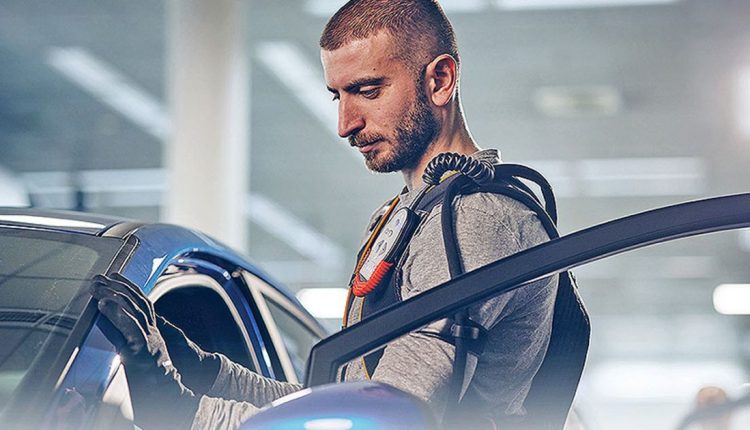The pressure inside the gloves can be about 4 pounds per square inch, enough to sometimes cause astronauts to lose their fingernails, said Ron Diftler, a previous project manager at Johnson Space Center in Houston.
“The person who’s wearing the astronaut glove is fighting that as they’re trying to maintain their grasp,” he said. “What if we could take this robot technology and augment the astronaut’s grasping ability so the task wouldn’t be so challenging?”
According to NASA, GM workers were working on prototypes of a glove by 2015, and the automaker was seeking a commercial partner to help refine the technology. It found that Bioservo was working on a similar technology designed to assist those with hand injuries.
Bioservo then licensed six patents from GM and NASA and began work on the Ironhand, with GM working on prototypes as they were built, according to the space agency. Companies including Airbus and General Electric were among others that tested the technology, NASA said.
Bioservo plans a commercial rollout of the glove in the coming years, recently signing on with two companies to distribute the device to U.S. manufacturers.
NASA was founded in 1958 with a directive from Congress to “disseminate its technology for the public benefit,” the agency says on its website. Diftler said the robotic glove is a prime example of that. “Not only can the glove help an able-bodied individual, there’s a very good chance that someone who has limited capabilities for one reason or another can use the glove and bring themselves back up to a more standard level of capability,” he said.
Here are some other technologies with automotive applications that NASA highlighted in its latest Spinoff report.


